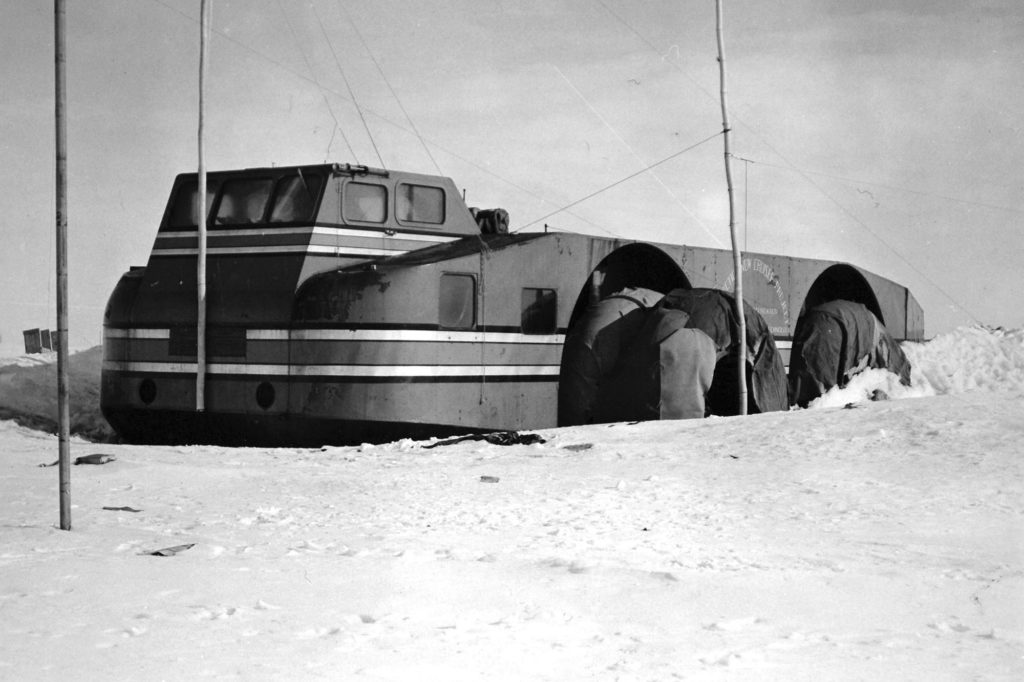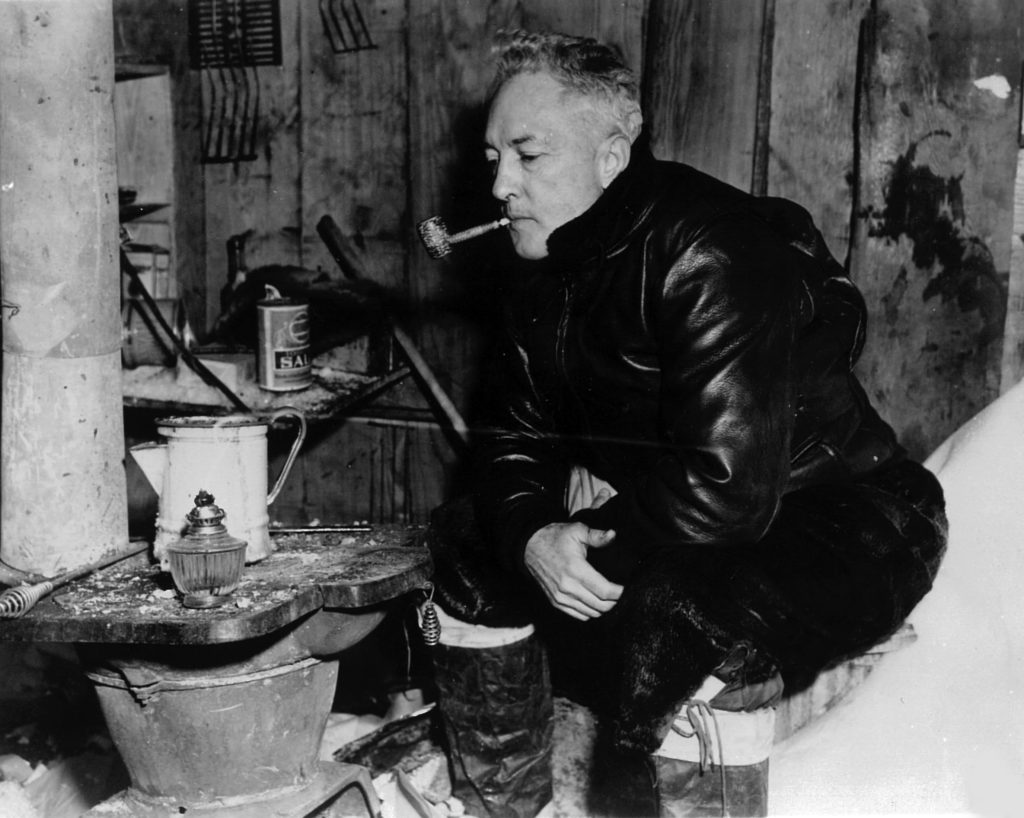Admiral Byrd’s Antarctic Explorer
by Ailsa Harvey · 06/11/2020
How did the much-anticipated 20th century snow cruiser fare in this challenging continent?

(Image credit: United States Antarctic Service/ Wikimedia Commons)
Antarctica has been a key scientific research site for centuries. With its vast uninhabited frozen sheet, its conditions make exploration a challenge. However, this has not deterred people from trying.
In 1939, a group of American scientists and engineers chose to focus on this frozen land. Before they could set foot there, they needed the right equipment. For this trip, a monster vehicle was born. Construction was led by Thomas Poulter for the polar explorer Admiral Richard Byrd. Byrd’s fourth Antarctic expedition was his most ambitious, as well as the largest.
The scientists would be taken to a playground full of scientific study. What was beneath the ice? Or in the sky? How did the weather compare? The need for both laboratory space and accommodation for several scientists contributed to the size of the cruiser. Released from its construction bay on 24 October 1939, a 32-kilometre long traffic queue snaked through Chicago as people stopped to observe the cruiser. It was a cross between a bus and a tank: the vehicle was designed to hold all research equipment while tackling travel on the icy terrain.
As if its arrival on the isolated Antarctic continent wasn’t enough of an entrance, all this was to take place while carrying an entire aeroplane on its roof. While travelling on roads between Chicago and Boston, a steering fault forced the vehicle into a stream, where it remained for three days. Though a shaky start, it seemed as though almost everything had been thought through and specifically built for Antarctica; from spare tyres in case of emergencies, to its bright red colour to aid visibility.
Hopes were high for Admiral Byrd and the explorers, but some of the cruiser’s qualities ultimately let them down. The tyres were cleverly designed to account for a range of snow depth, but were too smooth to cruise through the snow on first contact. Tyres with no tread were believed to succeed best in these conditions, but this was not the case. In fact, better traction was found when driving backwards.
Devastatingly, the cruiser had to be abandoned, as its bulk and lack of manoeuvrability made it difficult to recover. Its exact whereabouts today are unknown.

Amiral Richard Byrd in Antarctica – 1947 (Image credit: US Navy, National Science Foundation)
Enhanced explorers
Over a century has passed since the first Antarctic mission, and there is still so much to explore. Modern-day vehicles have acquired advanced technology that allows an easier transition onto the ice.
Compared to the heavy snow cruiser, today’s vehicles are much more compact and lightweight. Modern technology means that vehicles can plan the least dangerous routes to take using GPS and a ground-penetrating radar system. While the cruiser was driving in completely unknown territory, today’s radars assess the composition of the ground ahead of the vehicle, so they are less likely to become stuck or stranded.
Unlike Byrd’s snow cruiser (see below), most modern Antarctic vehicles have belts rather than tyres, which are more suited to the terrain. Tyre-based vehicles struggle to gain traction on the softer snow, and can sink.
This article was originally published in How It Works issue 132
For more science and technology articles, pick up the latest copy of How It Works from all good retailers or from our website now. If you have a tablet or smartphone, you can also download the digital version onto your iOS or Android device. To make sure you never miss an issue of How It Works magazine, subscribe today!




